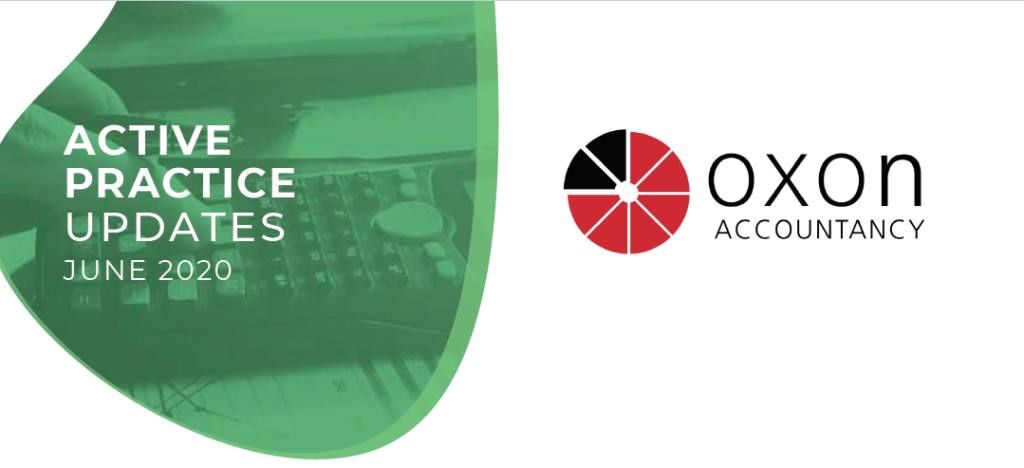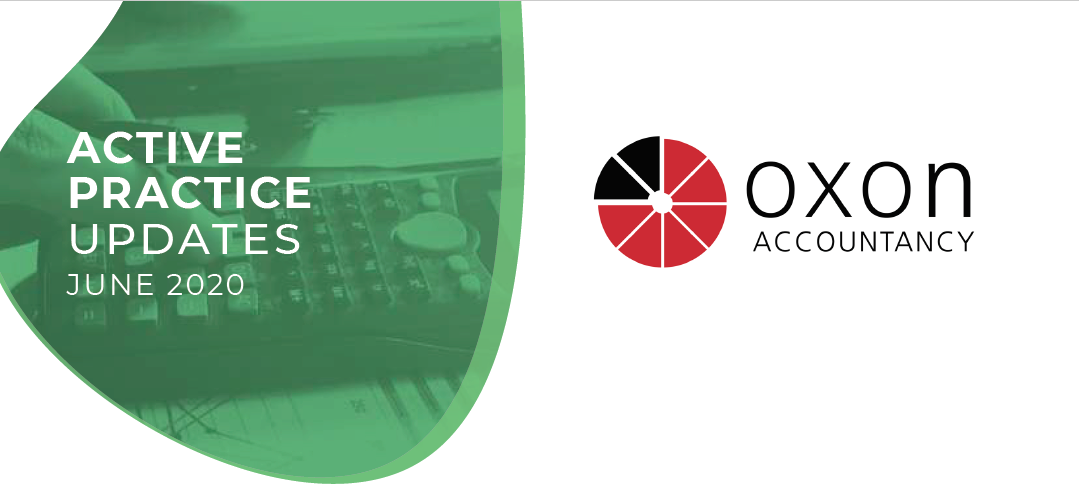Capital goods scheme for VAT
How it works and interacts with capital allowances.
The VAT capital goods scheme affects input VAT recovery relating to high-value capital assets. Input VAT is a tax incurred on most purchases made by VAT-registered firms, and they can usually reclaim it from HMRC in full.
The scheme usually applies to partially-exempt businesses and firms with assets that were used for both non-business and business purposes at the time the asset was purchased.
However, the scheme applies to all businesses that acquire such assets where, at some point during the ‘adjustment period’, the business diversifies into an exempt activity.
The scheme aims to correct the amount of VAT recovered when the use of the asset, between exempt and non-exempt supplies, in later years varies from that in the year of purchase.
Over the course of the adjustment period, the VAT recovered should reflect the actual use of the asset over the whole period.
The scheme does not apply to assets acquired for resale or any used for wholly non-business purposes.
What does the scheme apply to?
The scheme applies to:
- land and buildings
- computer equipment
- aircraft, ships, boats and other vessels.
Land and buildings
The scheme applies where expenditure of £250,000 or more, excluding VAT, is incurred on:
- land, a building or part of a building, or civil engineering work
- constructing a building or civil engineering work
- refurbishing, fitting out, altering or extending a building or civil engineering work.
Civil engineering work includes items such as roads, running tracks, golf courses, and installation of pipes for water services.
Computer equipment
As far as computer equipment is concerned, the scheme only applies to individual items costing £50,000 or more (excluding VAT). VAT on smaller items is reclaimed along with input VAT on other purchases under the usual method.
Computer software and computerised equipment, such as a computerised phone exchange, are also not included.
Aircrafts, ships, boats and vessels
The scheme applies where more than £50,000, excluding VAT, is spent on purchasing, constructing, refurbishing, fitting out, altering or extending any forms of aircraft, ship, boat or vessel.
Adjustments and recordkeeping
As you do not have to be partly-exempt or have non-business activities when the asset was purchased to qualify for the scheme, it’s important to keep the correct records for any asset purchase covered by the scheme.
VAT records usually need to be kept for six years, but HMRC requires businesses to keep records longer as adjustments through the scheme can be made up to ten years later.
The Revenue needs these records to see how each adjustment was calculated. The records kept should include:
- description of the capital item
- value of the capital item
- amount of VAT incurred on the capital item
- amount of input tax reclaimed by you on the capital item
- start and end date of each interval
- date and value of disposal (if the item was disposed of or partly disposed of before the end of the adjustment period).
The amount of reclaimable VAT on any asset falling within the scheme depends on how the asset is used over the whole adjustment period by a partially-exempt business, or how its use varies between business and non-business use.
The adjustment period is the time over which the business must review the extent the asset is used in making taxable supplies and is made up of ‘intervals’.
The number of intervals depends on the type of asset:
- five intervals for computers
- five intervals for ships and aircraft
- ten intervals for all other capital items.
The first interval starts on the first day the asset is used and ends on the day before the start of the next partial exemption tax year. Subsequent intervals are usually in line with the partial exemption tax year.
The input tax is recovered in the first interval in the normal way.
An annual adjustment is needed for subsequent intervals if the extent to which the asset is used in making taxable supplies differs to that in the first interval.
In some years, this may result in a business paying extra VAT and in other years it may lead to the recovery of more input VAT.
How does it work?
For the purposes of example, a business has purchased a property for £300,000 excluding VAT of £60,000.
Based on the partial exemption recovery percentage at the first interval, 80% of the VAT is recoverable, meaning the business could reclaim £48,000 of input VAT (£60,000 x 80%).
At future intervals, the business should check if it has incurred all of the £60,000 VAT again and undertake a new calculation.
At the second interval, the building’s use has changed and it’s now wholly used for taxable purposes and will continue to be for the remaining nine adjustment intervals.
The recovery percentage has therefore increased to 100% and the business can reclaim further input VAT under the scheme at each remaining interval of £1,200 ((100%-80%) X £60,000/10).
Nine intervals remain and the extra VAT is reclaimed at the end of each of those to reflect the building’s increasing taxable use.
Capital allowances
On purchase, an asset falling within the scheme may be the subject of a capital allowances claim.
If that is the case, it should be included within the capital allowances computation at its net cost plus any irrecoverable VAT in the year of acquisition.
Scheme adjustments need to be calculated at each subsequent interval and usually result in either an extra liability or a rebate.
The changing amount of the irrecoverable VAT has a knock-on impact on the capital allowances computation.
When this occurs, the general provision is a payment to HMRC is treated as an asset addition and a repayment from HMRC is treated as an asset disposal. The date of addition or disposal is the last day of the scheme adjustment period.
Where first-year allowances or the annual investment allowance was claimed on the original asset, these same allowances will also apply to any scheme adjustment resulting in an addition to the capital allowances computation.
Potential scenarios
As the scheme does not just apply to businesses that are partly exempt, there are some scenarios which can unexpectedly catch out businesses used to being able to reclaim 100% of their VAT.
An example is where a business is entitled to fully reclaim its VAT and disposes of its premises after owning it for six years.
Having been purchased new for £300,000, VAT of £60,000 was reclaimed in full on the purchase.
As the property is more than three years old, the sale is an exempt supply. However, as the sale was exempt from VAT, there is a deemed change of use from taxable to exempt use.
This affects the amount of input VAT that can be reclaimed on the original purchase. As the asset was sold six years into the scheme, 40% of the VAT claimed (£24,000) has to be repaid.
Creating a taxable supply of the property can avoid this. VAT would need to be charged on the sale, but none of the previously reclaimed input VAT can be clawed back.
Contact us for advice on the capital goods scheme.
Get in touch to discuss your options.
To discuss how we can help you please call 01235 250011, email info@oxonaccountancy.co.uk or visit our office OXON Accountancy, 28 The Quadrant, The Science Park, Abingdon, OX14 3YS




